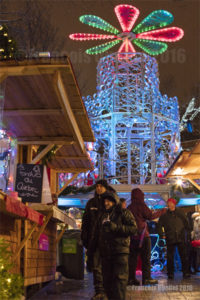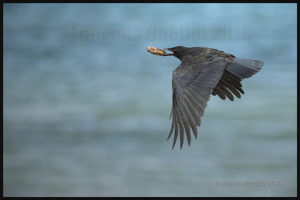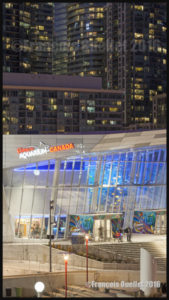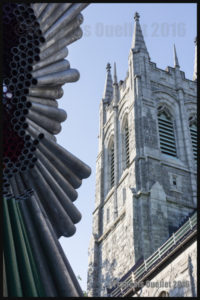Photographers know that the most interesting hours of the day are either early in the morning or late at night, but before nighttime. These periods are ideal for subtle colors and very atmospheric shots.
The Vancouver Island coast offers absolutely everything to attract many categories of photographers: the wildlife, the mist over water bodies in the morning or late at night and the mountains that are visible almost everywhere.
Travelling through British Columbia, I noticed the great number of merchant navy vessels passing through the Juan de Fuca Strait. But to try to photograph them during daytime would only have given average pictures. Waking up early to get the right picture is never easy, but it always gives interesting results.
The only problem with regards to ship photography is that the latter often navigate quite far from the photographer, thus becoming tiny uninteresting dots on a picture. However, the Canon 5DSR camera and its 50.6 megapixels full-frame sensor solve that problem: new experiments are then possible
.
The scenery above was shot from a beach in Victoria, very early in the morning. It was mandatory to ensure of the total immobility of the camera since some serious cropping would be needed later on in order to significantly enlarge the ship. The slightest vibration would have been amplified through enlargment and the picture would have been useless.
Here is the method that was used: the ISO was set on 250, the tripod planted on the beach (but not in the soft sand part where the tripod could have moved a little during the photo session). Moreover, the remote trigger was used, as well as the mirror lock-up function. In order to achieve an optimal focus, the latter was done manually using Liveview with a 16X enlargment.
A Canon 70-200 f2.8L IS II USM telephoto lens was installed on the camera, with a 200mm focal setting. A ND graduated filter was installed to compensate for the rising sun’s brighter light behind the mountains. Being early on the beach also allowed for a minimal wind speed, limiting even more any tripod vibrations. I tried several shots and decided to keep the one with a bird in the scenery, so as to add a touch of life to the scenery.
For other ship photos posted on my website, click on the following link:
For more articles in the category « Photos of Canada », click on the following link : Photos of Canada





































